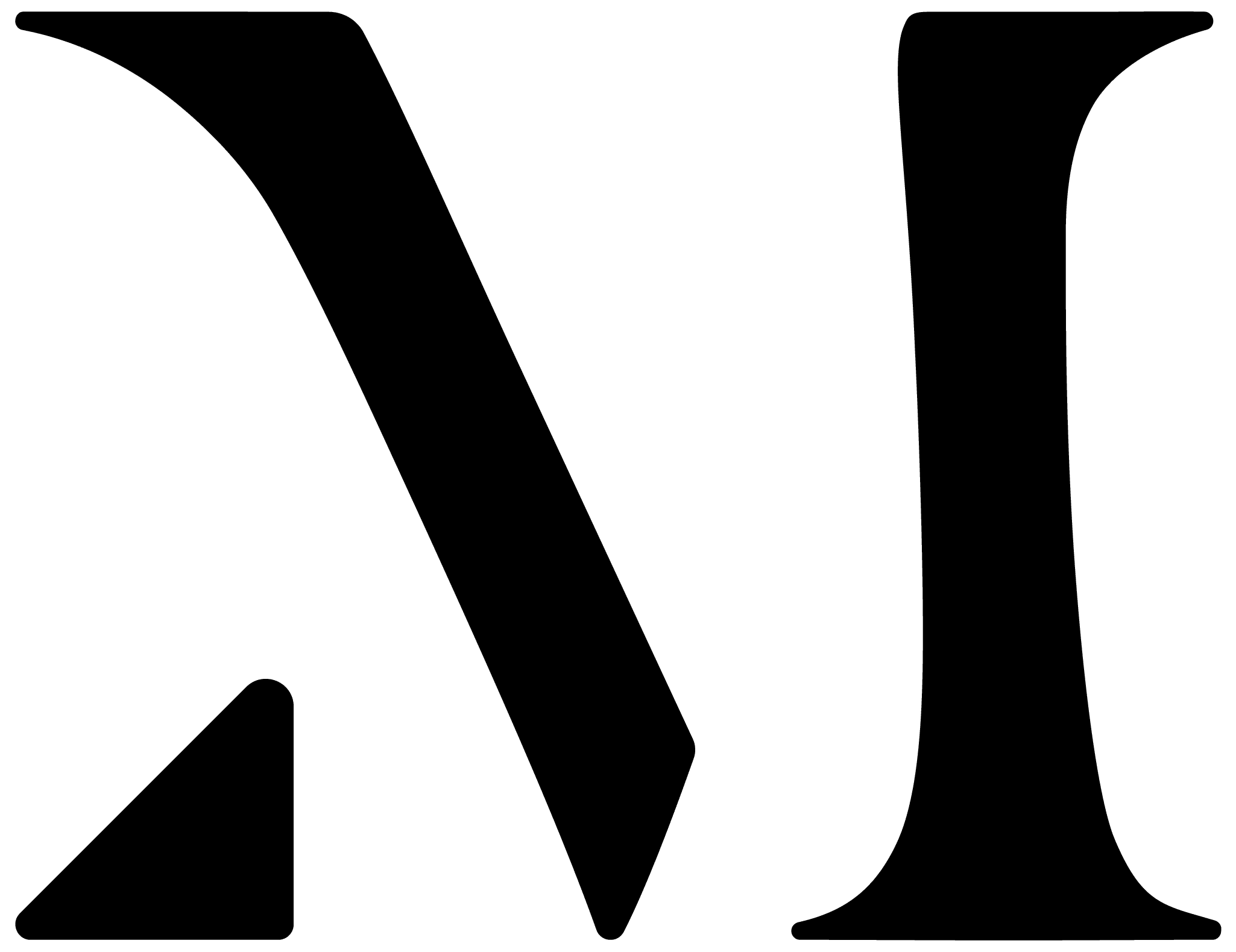Mastering the Buyer’s Journey: Lead Generation Tips and Tricks
Effective lead generation is rooted in a deep understanding of the buyer’s journey. By strategically mapping each stage—from the initial awareness to the final purchase—marketing managers can fine-tune their strategies to attract higher-quality leads, boost conversion rates, and ultimately increase sales.
Here are 7 practical tips to help you refine your lead generation strategy by focusing on the buyer’s journey and optimizing every touchpoint.
Tip #1 – Map Out the Stages of Your Company’s Buyer’s Journey
Before you can effectively generate leads, it’s crucial to thoroughly understand your company’s unique buyer’s journey, as it varies from one business to another. This journey typically includes:
- Awareness: The point at which potential customers first encounter your brand. This is where they become aware of your products or services and form an initial impression.
- Consideration: At this stage, customers evaluate your offerings against your competitors. They actively research and compare options, weighing the pros and cons.
- Decision: The final stage is when the customer decides to purchase. At this point, all your efforts either culminate in a conversion or result in a lost opportunity.
Mapping out these stages is critical because it helps you identify key touchpoints to engage with prospects. By doing so, you can guide them effectively through the sales funnel, increasing the likelihood of conversion.
Tip #2 – Optimize The Sales Funnel
A seamless user experience is key to guiding prospects through the buyer’s journey. Ensure that your website is intuitive, mobile-friendly, and fast-loading. Simplify navigation, make CTAs clear and compelling, and ensure that all touchpoints—email, social media, landing pages—are aligned with your brand presentation and optimized for conversion.
Investing in an optimized sales funnel will help you capture more leads and increase the likelihood that those leads will convert into paying customers.
Tip #3 – Personalize Content for Each Stage of the Funnel
Generic content that isn’t personalized is rarely effective. To maximize lead generation, it’s essential to tailor your content to each stage of the funnel buyer’s journey:
- Awareness Stage: Potential customers are discovering your brand at this stage and need to know the basics about your company. Create educational content that introduces your brand, your mission, and how your company addresses common pain points. Blog posts, social media updates, and explainer videos capture attention and spark interest.
- Consideration Stage: As prospects move into the consideration stage, they need more detailed content to help them evaluate their options. This is where case studies, product comparisons, and webinars come into play. You can make your brand stand out from the competition by showcasing your value proposition clearly and compellingly.
- Decision Stage: When prospects reach the decision stage, they look for that final nudge to choose your product or service. Use testimonials, free trials, and personalized offers to convince them that your solution is correct.
Personalized content ensures that your messaging resonates with the customer’s current needs, significantly increasing the likelihood of conversion.
Tip #4 – Utilize Analytics to Identify Conversion Points
Analytics are a powerful tool for pinpointing key conversion points within the buyer’s journey. By diving into your sales funnel data, you can identify where prospects are most likely to convert and where they might fall off. Focus on analyzing patterns such as:
- Pages with the highest conversion rates: Understanding which pages or content types drive the most conversions can help you replicate that success elsewhere.
- The most effective calls-to-action (CTAs): Analyzing which CTAs resonate most with your audience can help you craft more compelling offers and drive higher engagement.
- Common exit points: Identifying where prospects drop off allows you to address potential barriers and optimize these areas to reduce friction.
By focusing on these key areas, you can enhance the areas that drive conversions and remove
any obstacles that hinder prospects’ progress.
Tip #5 – Retarget
Retargeting is a proven tactic for re-engaging leads who have shown interest but have yet to convert. By serving personalized ads to these prospects as they continue their journey, you can keep your brand at the top of their minds and encourage them to return to your site. Consider implementing retargeting strategies such as:
- Display ads that remind prospects of products they’ve viewed: This keeps your offerings visible and reminds them of their interest.
- Email campaigns offering personalized discounts: A well-timed discount or incentive can provide the nudge a hesitant lead needs to become a customer.
- Social media ads that reinforce the benefits of your offering: Targeted social media ads can reiterate the value of your product or service, encouraging leads to take the next step.
Retargeting ensures you’re not leaving potential sales on the table, giving prospects another opportunity to convert.
Tip #6 – Incorporate Feedback to Improve User Experience
Customer feedback is an invaluable resource for optimizing each customer journey stage. By regularly gathering and analyzing feedback, you can identify challenges in the user experience and make necessary improvements. Consider implementing the following:
- Post-purchase surveys: These can provide insights into customer satisfaction and highlight areas where you can improve.
- Usability testing: Regular testing can help you identify and eliminate friction points in the online experience, making it easier for prospects to navigate your site and complete their journey.
- Social listening: By monitoring what customers say about your brand online, you can gauge sentiment and quickly address any issues.
Addressing customer concerns and delivering superior customer service will increase lead quality, boost conversion rates, and foster long-term customer loyalty. Remember, companies who think like their customers will win.
Tip #7 – Measure and Adjust Your Strategy Continuously
Lead generation is not a set-it-and-forget-it process. Continuous measurement and optimization are necessary to stay ahead of the competition. Review your analytics regularly, test different approaches, and be open to adapting your strategy based on performance. By staying agile and responsive, you can ensure that your lead-generation efforts remain effective and aligned with your business goals.
Final Thoughts
Effectively mastering the customer journey is essential for successful lead generation. By mapping out each stage—from awareness to purchase—you can tailor your content to meet prospects’ needs, use analytics to identify key conversion points and implement retargeting strategies to re-engage potential leads.
Additionally, incorporating customer feedback and continuously optimizing the user experience across all touchpoints ensures a smoother journey, leading to higher quality leads, improved conversion rates, and increased sales.





